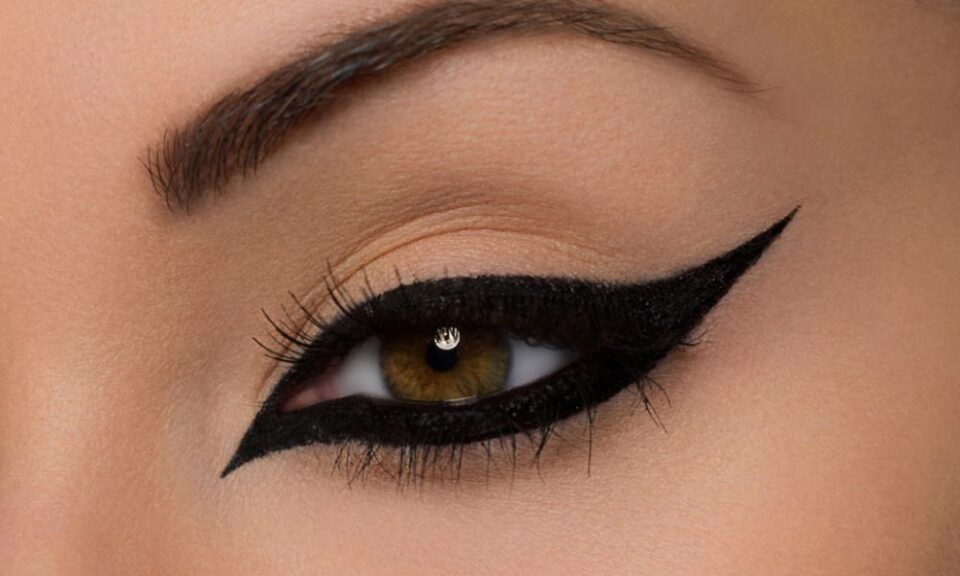Redness appears after threading due to the sudden removal of hair from sensitive follicles around the eye area. Eyebrow threading clients commonly experience temporary inflammation as their skin reacts to the mechanical pulling action of the thread. This natural response occurs when blood vessels dilate near the surface, creating visible redness that typically subsides within hours.
Biological eyebrow threading response
Threading triggers an immediate inflammatory response as the body reacts to hair removal trauma. When the thread pulls hair from the follicle, tiny blood vessels beneath the skin surface expand to increase circulation to the affected area. This increased blood flow creates the characteristic red appearance that follows threading sessions. The skin around the eyebrows contains numerous nerve endings and blood vessels, making it particularly reactive to mechanical stimulation. Your body interprets the sudden hair removal as minor tissue damage, activating its natural healing response. Temporary inflammation occurs as white blood cells move in to support the recovery of the affected follicles. Individual skin sensitivity levels determine the intensity and duration of redness, with several key factors influencing the reaction:
- Fair or thin skin typically shows more visible redness compared to darker skin types
- Age affects skin elasticity and healing response speed
- Hormonal fluctuations can increase skin sensitivity
- Previous skin treatments may heighten reactivity
Pre-threading preparation methods
Proper skin preparation can help reduce redness after eyebrow threading narre warren sessions. Gentle exfoliation 24 hours before your session removes dead skin cells and allows for easier hair removal with less skin trauma. Avoiding certain activities and products before threading helps minimize skin sensitivity and potential inflammatory responses. Effective preparation strategies include:
- Avoiding retinoid products for 48 hours before treatment
- Skipping chemical peels or intense facial treatments for one week prior
- Staying hydrated to maintain skin elasticity
- Taking an anti-inflammatory medication 30 minutes before the appointment, if approved by your healthcare provider
- Avoiding sun exposure and tanning for 24 hours beforehand
Post-threading care techniques
Immediate aftercare plays a crucial role in minimising the duration and intensity of redness. Applying cold compresses within the first hour helps constrict blood vessels and reduce inflammation. Ice wrapped in a clean cloth should be used for 5-10 minute intervals, allowing skin to rest between applications to prevent ice burn. Gentle skincare practices following threading sessions support faster healing and reduced redness. Use fragrance-free, hypoallergenic moisturizers to maintain skin barrier function without causing additional irritation. Avoid makeup application on threaded areas for at least 4-6 hours to prevent bacterial contamination and further irritation. Additional post-care recommendations include:
- Applying aloe vera gel to calm redness and reduce inflammation
- Avoiding touching or rubbing the treated area
- Sleeping with an elevated head position to reduce swelling
- Staying out of hot showers, saunas, or steam rooms for 24 hours
Regular threading clients often experience reduced redness as their skin adapts to the treatment. Maintaining consistent appointment intervals allows hair to grow in predictable cycles, making removal easier and less traumatic. Building tolerance through gradual exposure helps minimize inflammatory responses with each subsequent session. Establishing a proper skincare routine between appointments supports overall skin health and resilience. Using gentle cleansers, regular moisturizing, and sun protection helps maintain optimal skin condition that responds better to threading treatments. Consider scheduling appointments when you can allow for recovery, such as weekend mornings when you have flexibility to rest and avoid immediate social commitments.

